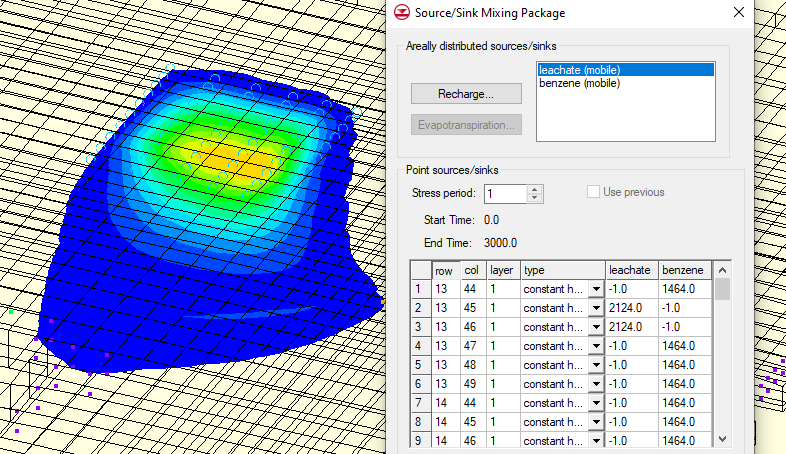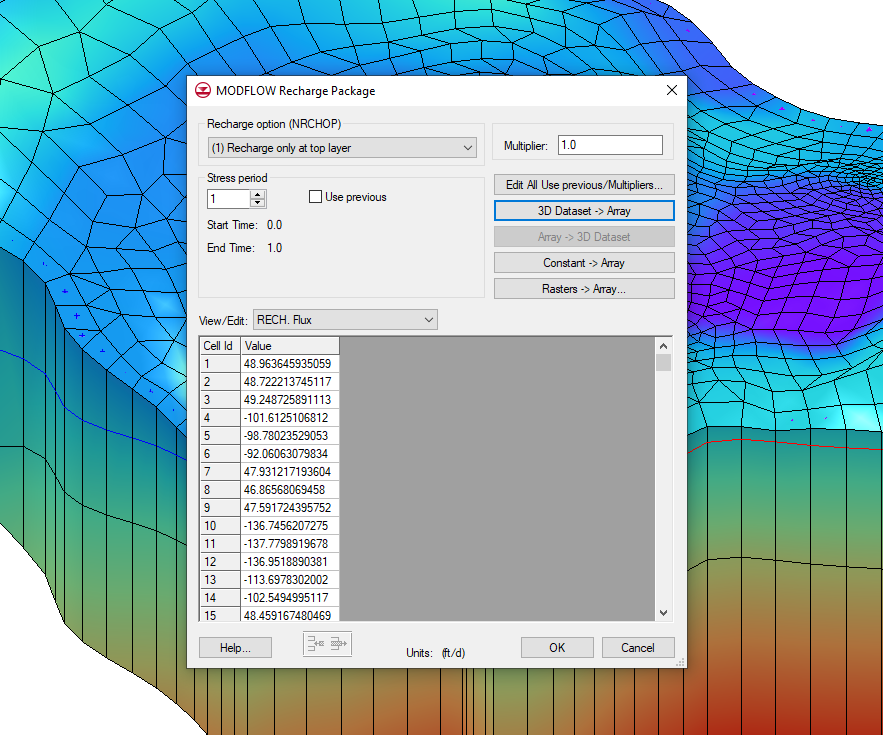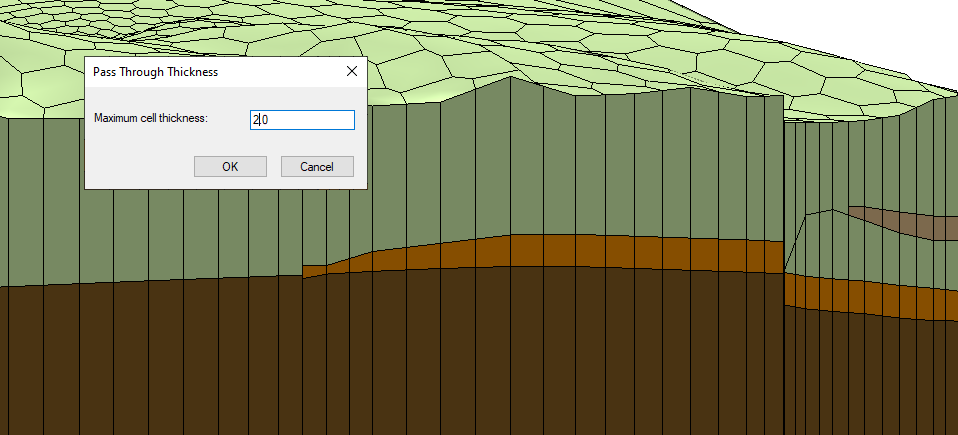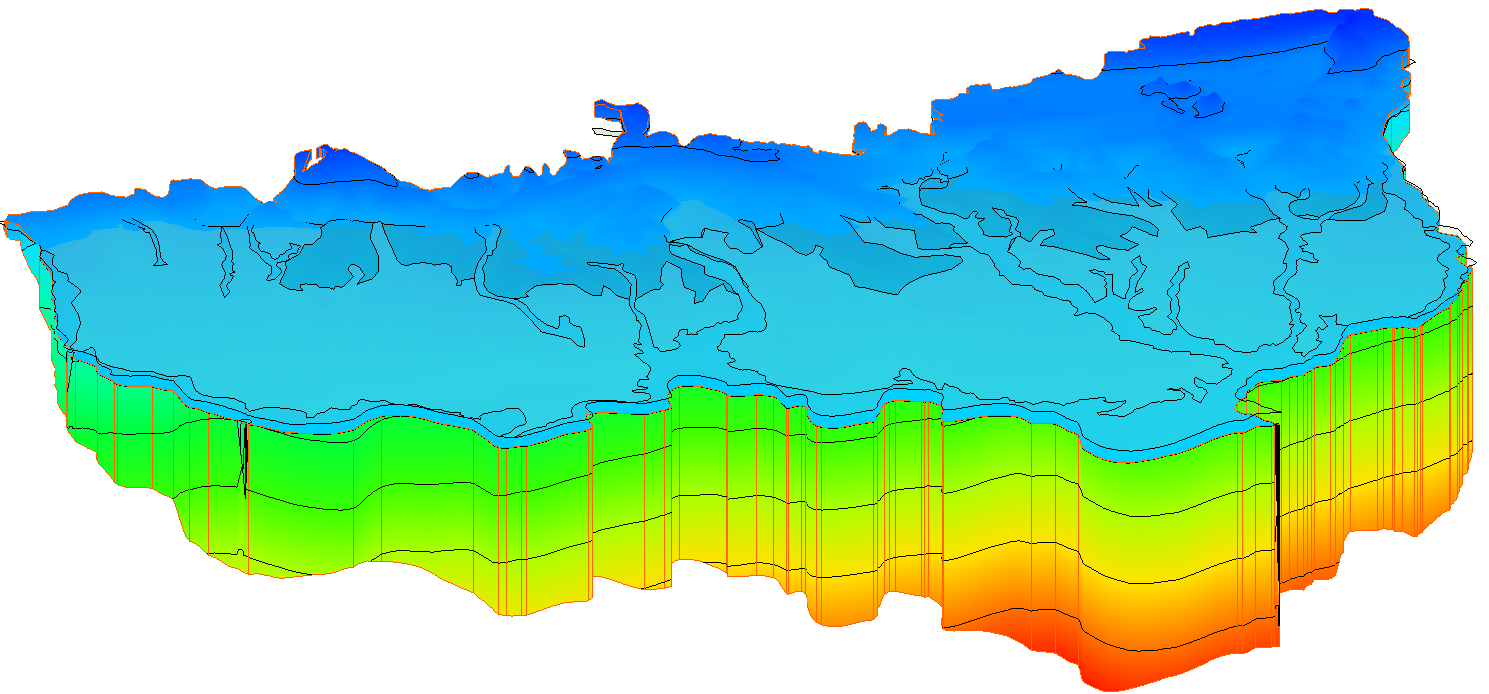Defining Constant Concentration for Multiple Species in MT3DMS
By aquaveo on April 16, 2024Are you struggling to define separate constant concentrations for different chemicals in your MT3DMS model areas? MT3DMS is an invaluable tool for groundwater modeling, but like any software, it has its limitations. The Groundwater Modeling System (GMS) incorporates MT3DMS into its interface, which includes both the benefits and limitations of MT3DMS. The inability of MT3DMS to define separate constant concentrations for different chemicals in the same area can be a hindrance for modelers aiming for precision and accuracy in their simulations. So what should you do if your MT3DMS model requires defining constant concentration for two or more chemicals in separate areas?
There's a workaround provided by the MT3DMS developers for defining multispecies simulations. By using negative values in the table for species that need to be left undefined, you can effectively overcome this constraint and tailor your model to your specific needs. In GMS, this value is entered on the Source/Sink Mixing Package dialog for MT3DMS.

Note that it may seem as though a value of zero would have the same result when defining concentration. However, this is not the case. Entering a value of zero will be recognized as the same as entering a positive value. Therefore, it is important to enter a negative value for species that need to be left undefined when working with a multispecies simulation.
When running MT3DMS, cells that have negative values entered for a species will not have constant concentration for that species applied to that cell. Concentration, constant or varying, will be applied to all cells where the value is positive. As always, it is important to review the entered species values before running the model to ensure accuracy.
Now with more understanding of how to work with constant concentration values for multiple species in MT3DMS, see if you can use it in your GMS project today!









